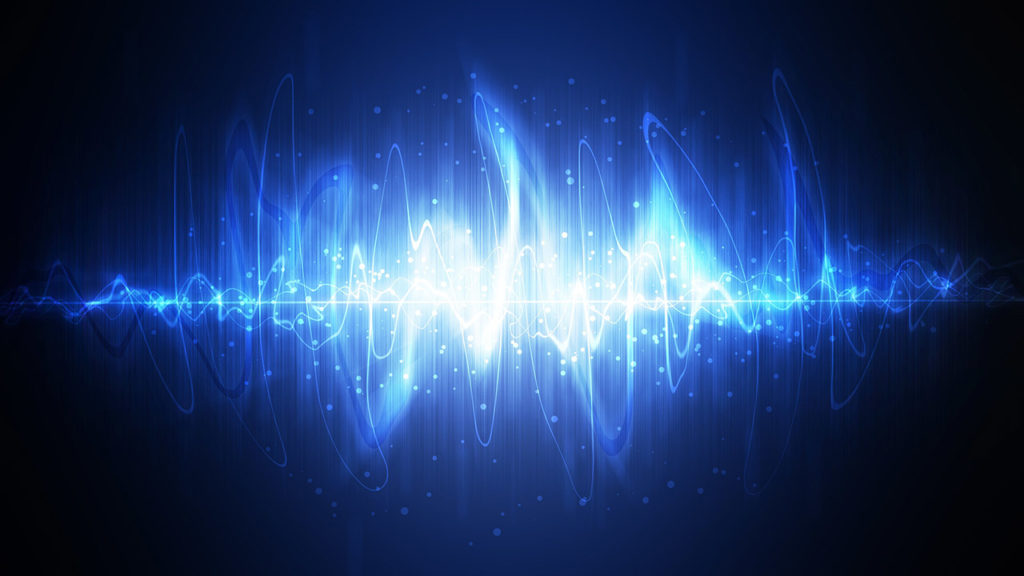
The Astonishing Speed of Light: Far Surpassing the Pace of Sound
As a child, I marveled at the dramatic contrast between the immediate flash of lightning and the thunder that followed with a noticeable delay. This simple observation sparked within me a deep curiosity about the difference in speed between light and sound. Join me on a scientific journey as we delve into the fascinating realm of this distinction, exploring its implications and unraveling its significance.
The velocity of light, denoted by the constant c, is an astounding 299,792,458 meters per second (approximately 186,282 miles per second). This incredible speed, approximately one billion times faster than the speed of sound, makes light appear instantaneous to our senses.
The Speed of Sound: A Slower, Yet Crucial Medium
In contrast to light, sound travels at a far slower pace. In air at room temperature, sound propagates at a speed of approximately 343 meters per second (1,235 kilometers per hour or 767 miles per hour). This substantial difference in velocity leads to the noticeable delay we experience between perceiving visual and auditory stimuli.
Despite its relatively slower speed, sound plays a vital role in our world. It enables communication, provides vital information about our surroundings, and serves as a basis for advanced technologies such as sonar and ultrasound.
Understanding the Nature of Light and Sound
Light is an electromagnetic wave, meaning it consists of oscillating electric and magnetic fields. Its speed is determined by the fundamental properties of the vacuum through which it travels, independent of the medium.
Sound, on the other hand, is a mechanical wave, requiring a physical medium such as air, water, or a solid to propagate. The speed of sound depends on the density and elasticity of the medium.
Applications and Implications of the Speed Difference
The vast difference in speed between light and sound has profound implications in various fields:
- Telecommunications: Fiber optic cables utilize light’s exceptional speed to transmit data over long distances with minimal loss.
- Astronomy: Measuring the time delay between light and radio signals from distant celestial objects allows us to determine their precise distances.
- Ultrasound Imaging: By emitting and detecting sound waves, ultrasound devices generate real-time images of internal organs, aiding in medical diagnosis.
Expert Advice: Maximizing Your Understanding
To deepen your comprehension of this topic, consider these tips from experts:
- Visualize the difference: Imagine a lightning bolt illuminating the sky and the thunderclap following several seconds later. This mental image vividly illustrates the vast disparity in speed.
- Explore hands-on experiments: Conduct simple experiments to demonstrate the difference in speed. For instance, strike a metal object and observe the immediate appearance of light and the delayed arrival of sound.
Frequently Asked Questions
- Q: Why does sound travel slower than light?
A: Sound is a mechanical wave that requires a medium to propagate, while light is an electromagnetic wave that can travel through a vacuum.
- Q: What is the speed of light in a vacuum?
A: Approximately 299,792,458 meters per second.
- Q: What are some applications of the speed difference between light and sound?
A: Telecommunications, astronomy, and medical imaging.
Conclusion
The extraordinary difference in speed between light and sound has captivated scientists and intrigued people throughout history. Understanding this distinction not only satisfies our curiosity but also provides the foundation for countless technological advancements. As we continue to explore the wonders of our universe, both visually and audibly, the contrast in speed between light and sound will remain a source of fascination and a testament to the remarkable diversity of the physical world.
Are you interested in exploring other captivating topics related to speed and physics? Share your thoughts and questions in the comments section below!

Image: www.aydinlatma.org

Image: zidbits.com
Light travels faster than sound – a photo on Flickriver The relationship of the speed of sound vw, its frequency f, and its wavelength λ is given by vw = fλ, which is the same relationship given for all waves. In air, the speed of sound is related to air temperature T by vw = (331m / s)√ T 273K. vw is the same for all frequencies and wavelengths.